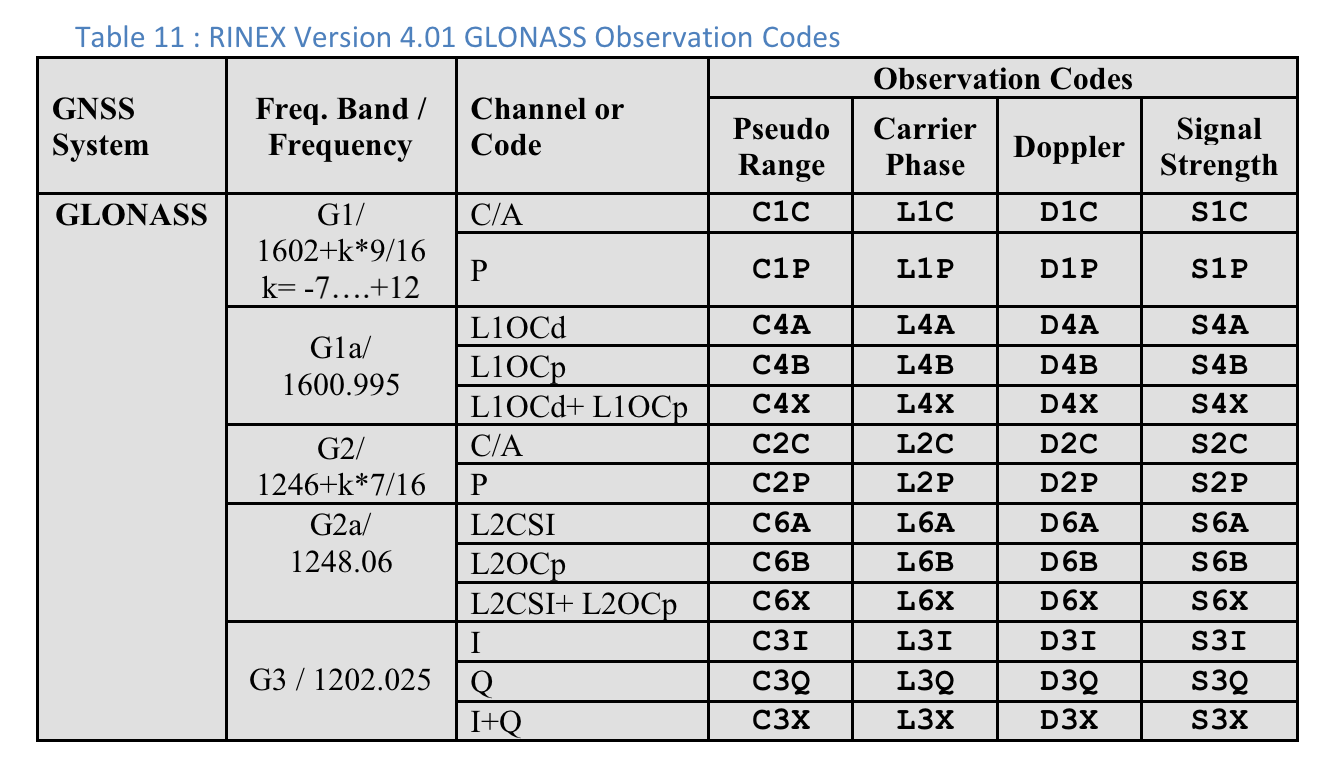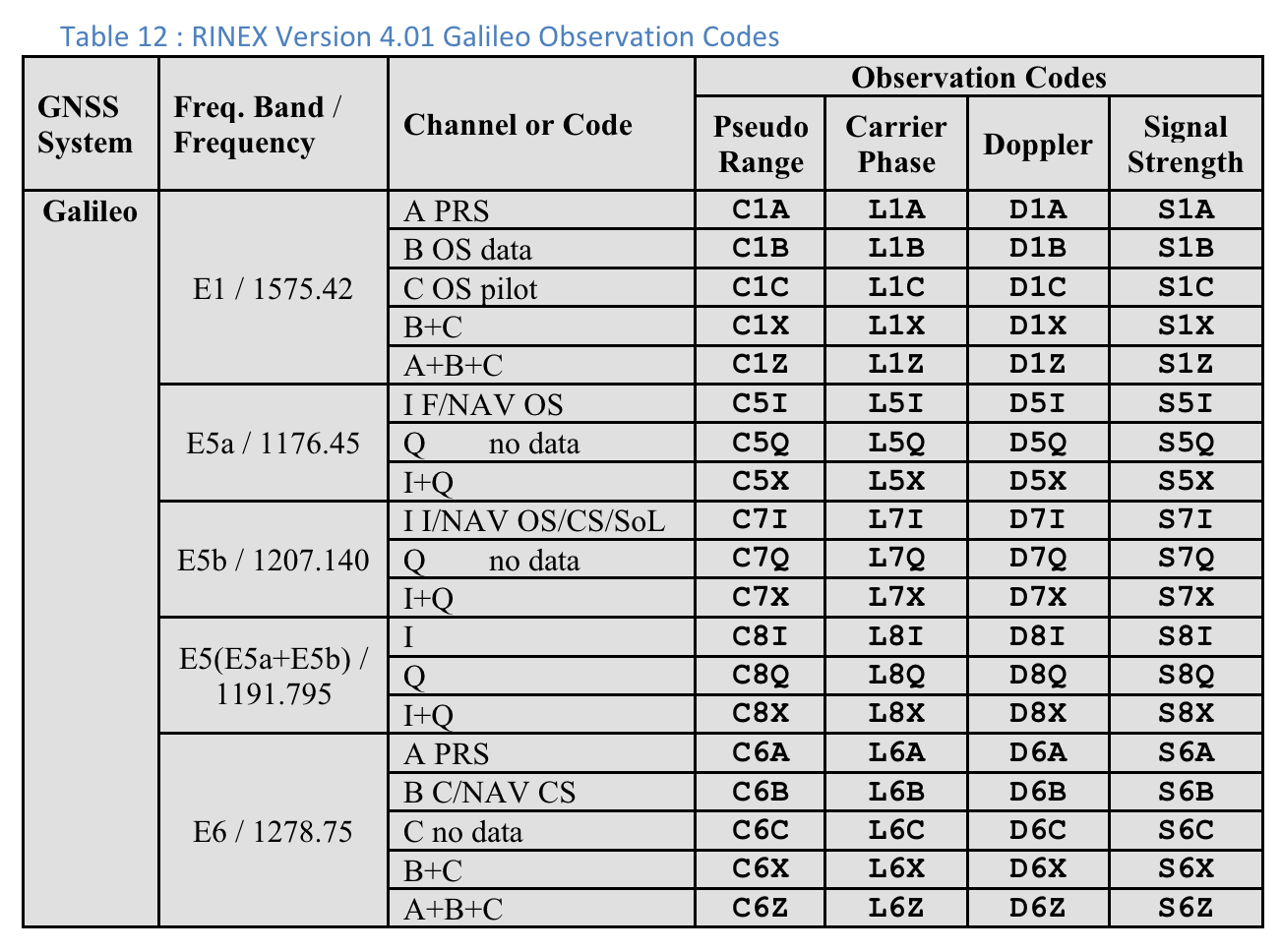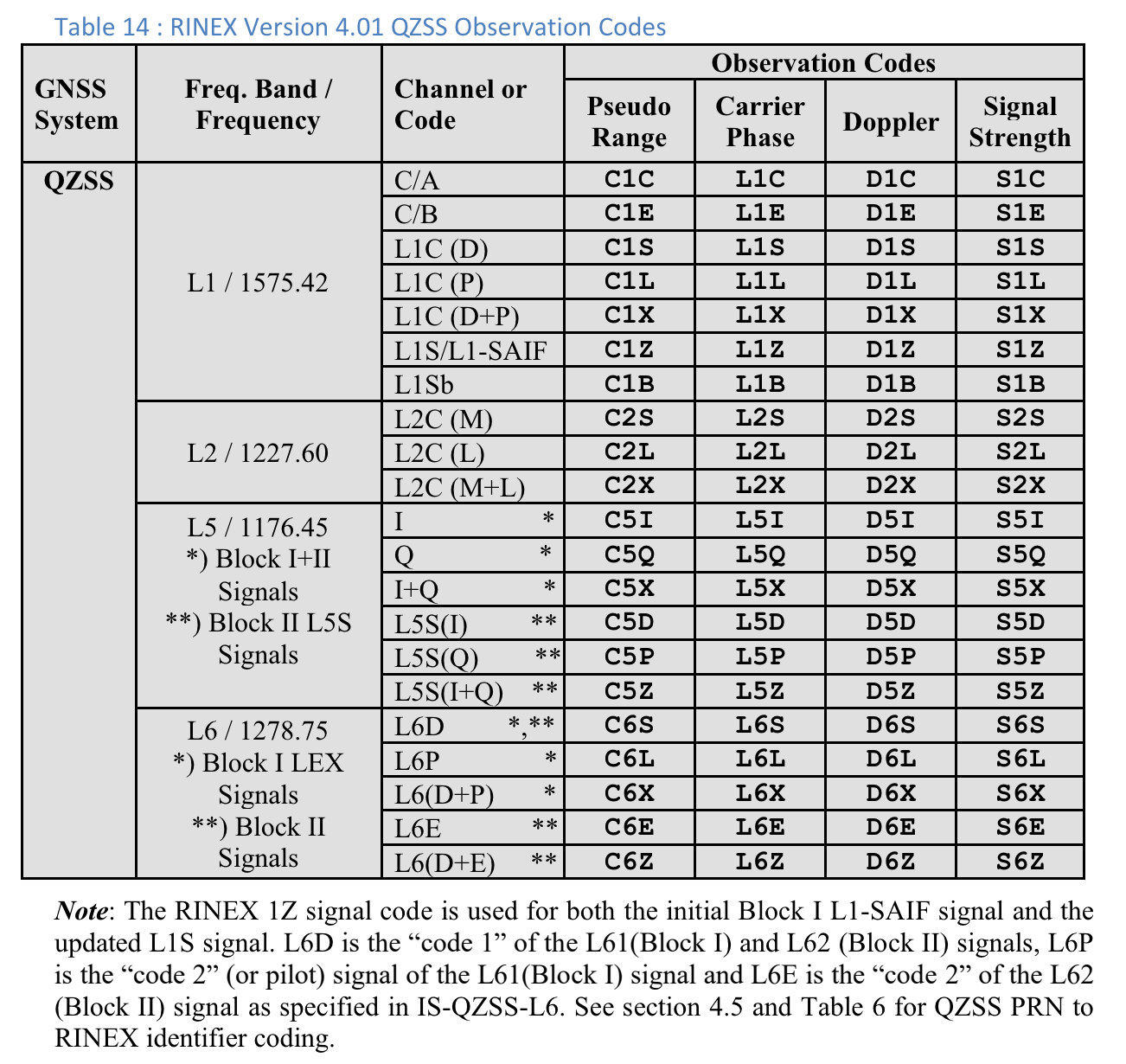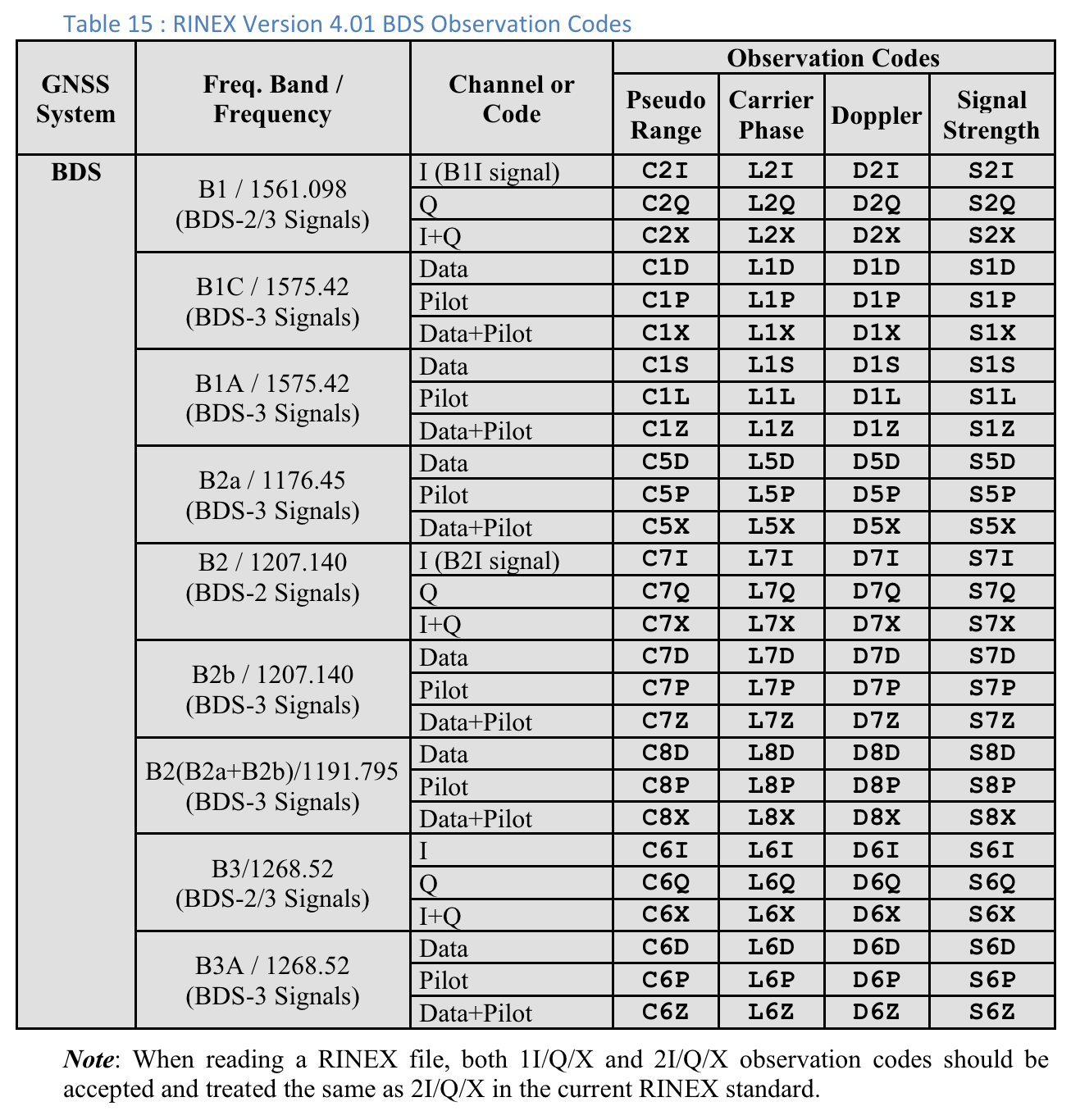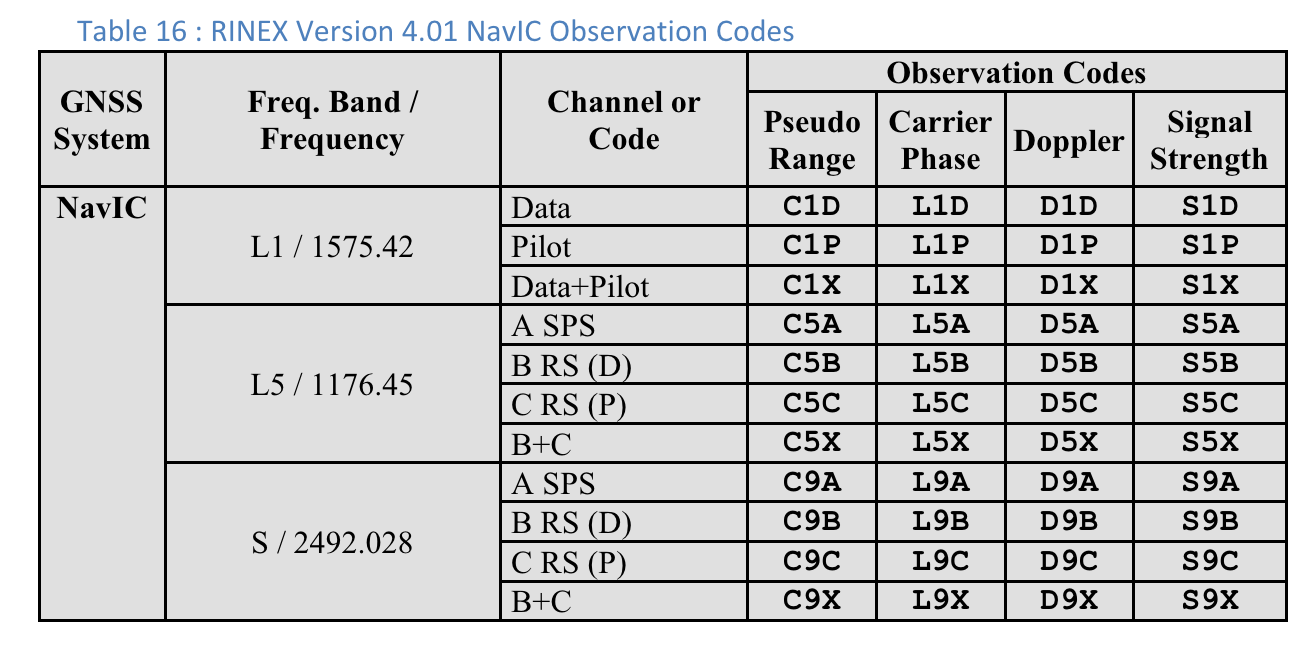با GnssLogger نسخه 3.1، کاربران می توانند داده های خام GNSS را در صفحه اندازه گیری مشاهده و تجزیه و تحلیل کنند.
در اینجا صفحه اندازهگیری وجود دارد که به دنبال آن چند نکته و ترفند برای استفاده حداکثری از این دادهها وجود دارد:
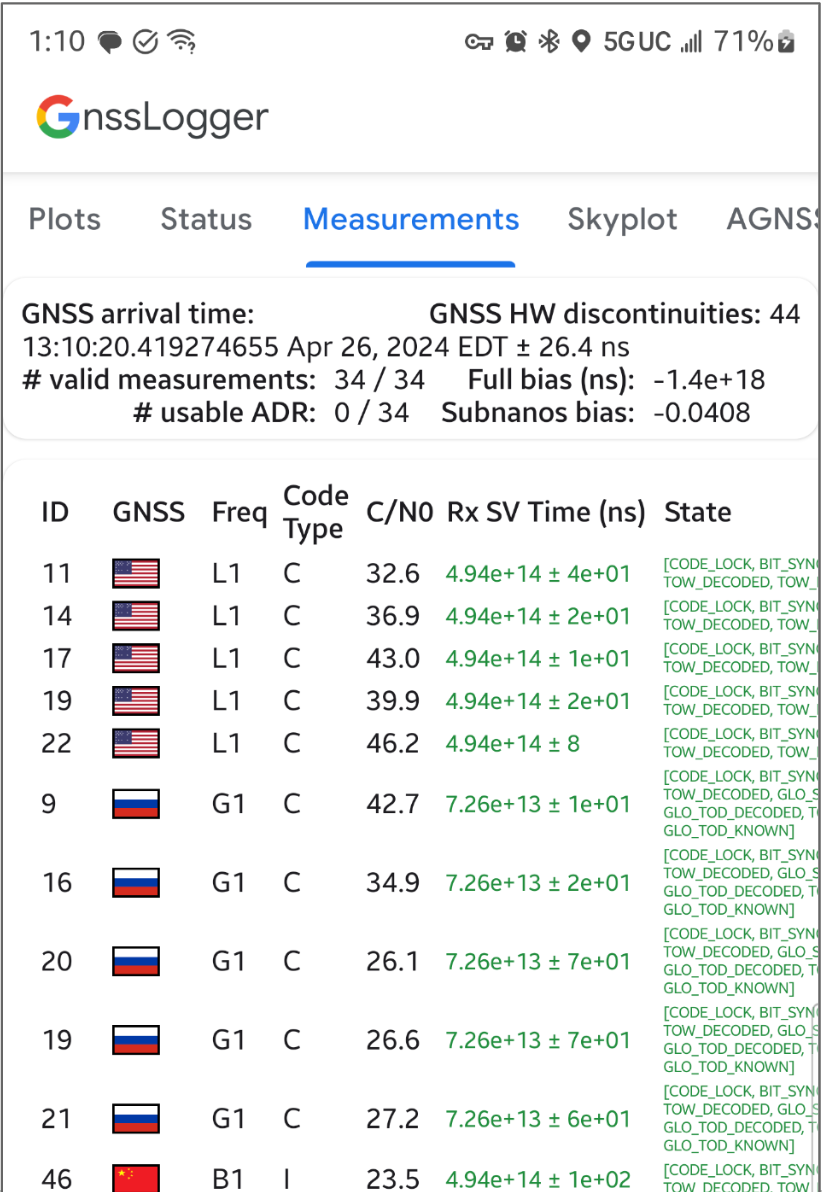
در کارت بالا:
- بالا سمت چپ داده های ساعت GNSS (مرتبط با
GnssClock) را نشان می دهد. - سمت راست بالا تعداد ناپیوستگیهای سختافزار GNSS (HW) را نشان میدهد (از
GnssClock.getHardwareClockDiscontinuityCount)، که به تعیین روشن یا خاموش بودن چرخه کاری کمک میکند. هنگامی که این شمارنده افزایش می یابد، نشان می دهد که اختلالی در مشاهده مداوم سیگنال های GNSS وجود دارد (به عنوان مثال، چرخه کاری روشن است). در پایین تر، کارت اطلاعات کلی را برای همه اندازه گیری ها نمایش می دهد:- # اندازه گیری معتبر — برای اینکه اندازه گیری معتبر در نظر گرفته شود، پرچم های
STATE_CODE_LOCKوSTATE_TOW_KNOWNیاSTATE_TOW_DECODEDباید درGnssMeasurement.getStateتنظیم شوند. - # محدوده دلتای انباشته قابل استفاده (ADR) — برای اینکه ADR یا فاز حامل برای موقعیتیابی قابل استفاده در نظر گرفته شود، پرچم
ADR_STATE_VALIDباید تنظیم شود و نه پرچمهایADR_STATE_RESETو نه پرچمهایADR_STATE_CYCLE_SLIPرا نمیتوان درGnssMeasurement.getAccumulatedDeltaRangeStateتنظیم کرد.
- # اندازه گیری معتبر — برای اینکه اندازه گیری معتبر در نظر گرفته شود، پرچم های
اگر دستگاه شما همیشه 0 ADR قابل استفاده را گزارش میکند، حتی زمانی که در آسمان باز با چرخه کاری غیرفعال است، این نشانه خوبی است که دستگاه شما از اندازهگیری فاز حامل که میتواند برای GNSS با دقت بالا استفاده شود، پشتیبانی نمیکند.
در کارت پایین، هر ردیف نشان دهنده یک GnssMeasurement است.
- ستون نوع کد نوع دقیق سیگنال GNSS را با استفاده از انواع کد تعریف شده در RINEX 4.01 نشان می دهد. به عنوان مثال، سیگنال های GPS L1 با نوع کد "C"، نشان دهنده L1 C/A است که با حرف آخر در کد سه کاراکتری در جداول RINEX نشان داده شده است. GPS L5 Q به طور مشابه دارای یک نوع کد "Q" خواهد بود. برای ارجاع به جداول دیگر صورت فلکی GNSS در انتهای این سند مراجعه کنید.
- در ستون Rx SV Time (ns) ، اگر اندازه گیری معتبر باشد، متن سبز است.
- در ستون State ، اگر اندازه گیری معتبر باشد، وضعیت نیز سبز است. State یک نسخه قابل خواندن توسط انسان از پرچمهای بیتی را نشان میدهد که در فیلد ()GnssMeasurement.getState تنظیم شدهاند.
با استفاده از ردیاب مسائل عمومی ما درباره ویژگیهای جدید بازخورد ارائه کنید.
جدول 10: RINEX نسخه 4.01 کدهای مشاهده GPS
برای هر اندازه گیری، "نوع کد" نشان داده شده، آخرین حرف مقدار "محدوده شبه" است که در مشخصات RINEX 4.01 برای سیستم GNSS مربوطه و فرکانس حامل تعریف شده است. به عنوان مثال، "C" برای GPS L1 [C/A] استفاده می شود در حالی که از "Q" برای GPS L5 Q استفاده می شود.
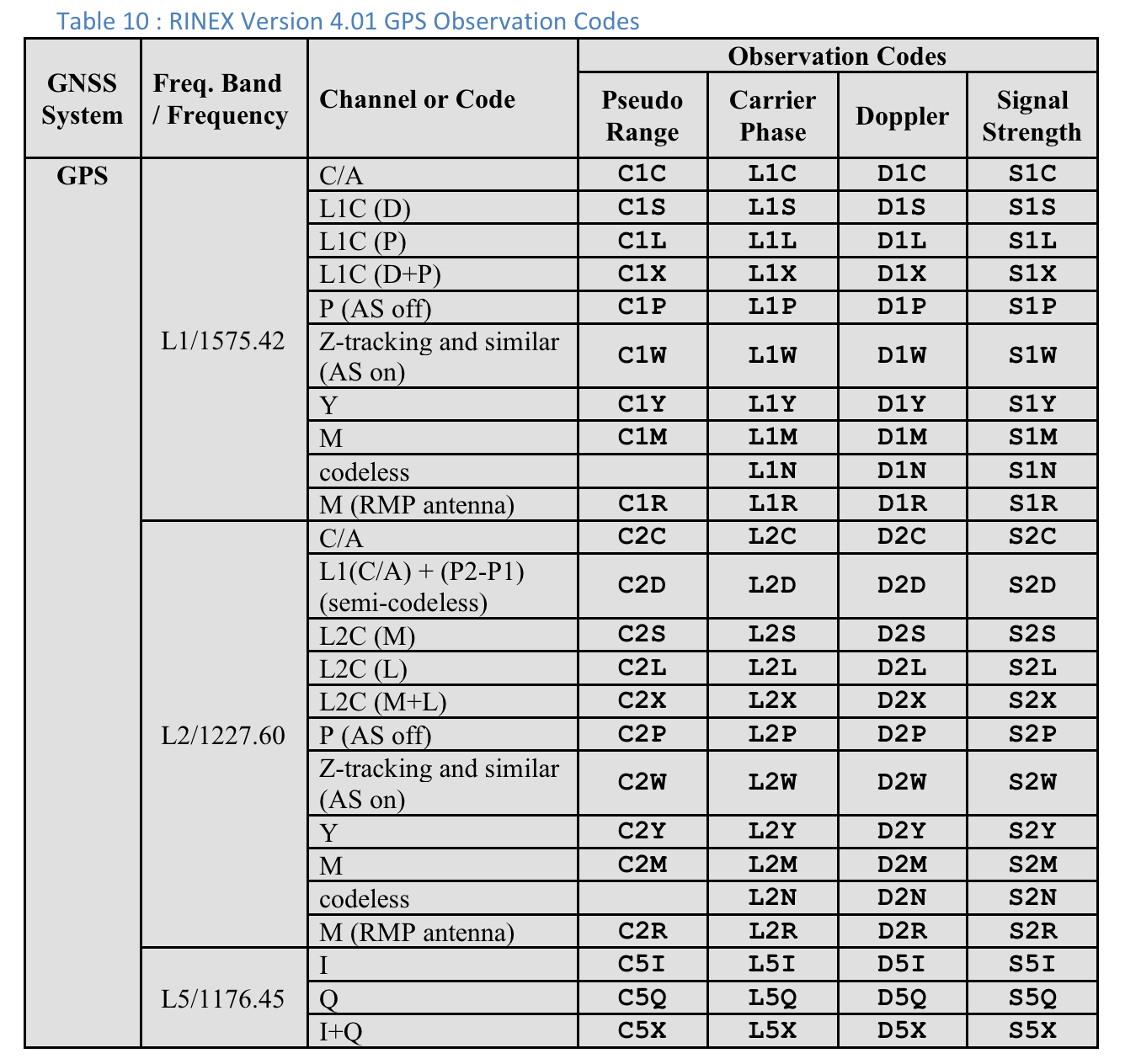
کاربران می توانند برای دیدن ستون های اضافی برای هر اندازه گیری به سمت راست حرکت کنند:
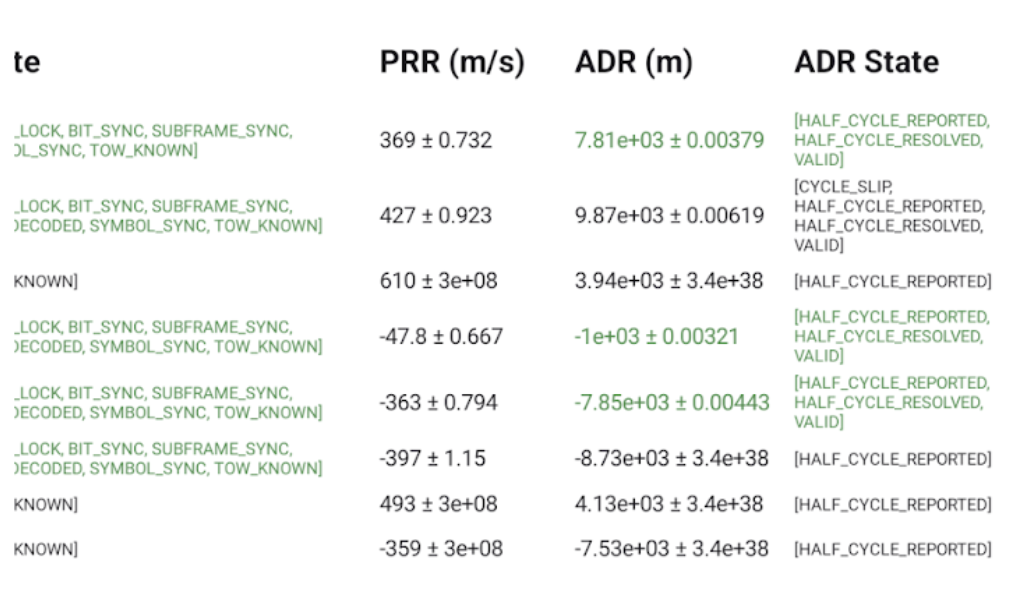
- PRR نرخ برد شبه بر حسب متر بر ثانیه از GnssMeasurement.getPseudorangeRateMetersPerSecond() است.
- ستون ADR State نسخه قابل خواندن توسط انسان پرچمهای بیتی تنظیم شده در ستون ()GnssMeasurement.getAccumulatedDeltaRangeState را نشان میدهد. اگر ADR برای موقعیت یابی قابل استفاده باشد، متن در فیلدهای ADR (m) و وضعیت ADR سبز است.
کدهای مشاهده RINEX 4.01
آخرین حرف از سه حرف در کدهای مشاهده RINEX در ستون Pseudo Range مقدار نوع کد است که در صفحه اندازهگیریها در GnssLogger نشان داده شده است.
در زیر جداول از مشخصات RINEX 4.01 برای راحتی وجود دارد. مشخصات کامل را برای جزئیات ببینید.

